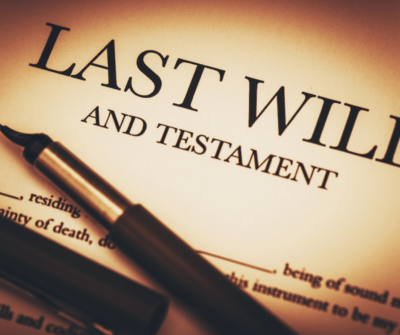Part I: Involuntary Conservatorships
A conservatorship is a serious legal remedy. It strikes at the heart of a person’s natural right to self-determination, and it abridges the freedoms endemic to citizens of the United States. Connecticut permits involuntary conservatorships, temporary conservatorships, and voluntary conservatorships. This article is Part I of a three part series on the process of appointing conservators in Connecticut. It explores how Connecticut’s Probate Courts determine whether a conservatorship is necessary.
Under the Fourteenth Amendment to the United States Constitution, “No State shall…deprive...






